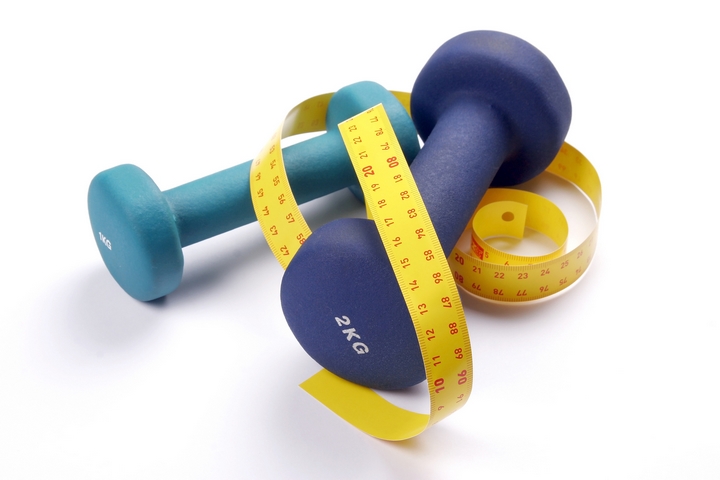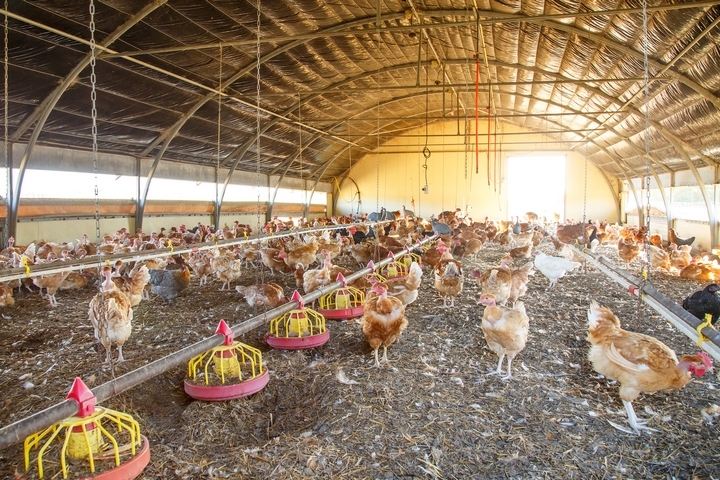
For a small homestead or hobby farm, your goal is usually to raise animals for consumption, and it is a commitment that comes with love for high-quality food produced on your own. This type of venture takes a lot of effort and strategic planning to be successful, including where you house your animals.
While animals, left alone in nature, find their shelter and live their life out as well as they can, on your farm, you will need to provide buildings for shelter, and different animals need different structures to thrive. These include:
- Cows – stall barn & lose housing
- Horses – stall barn
- Pigs – three-sided shelter & farrowing house
- Goats – run-in sheds
- Sheep – run-in sheds
- Chickens – sheds & coops
- Turkeys – sheds & coops
- Rabbits – shed & hutches/cages
Are you looking to raise animals or expand your current flock or herd? Some small animal barn ideas will fit perfectly into your operation.
Small Animal Barn Ideas for Cows
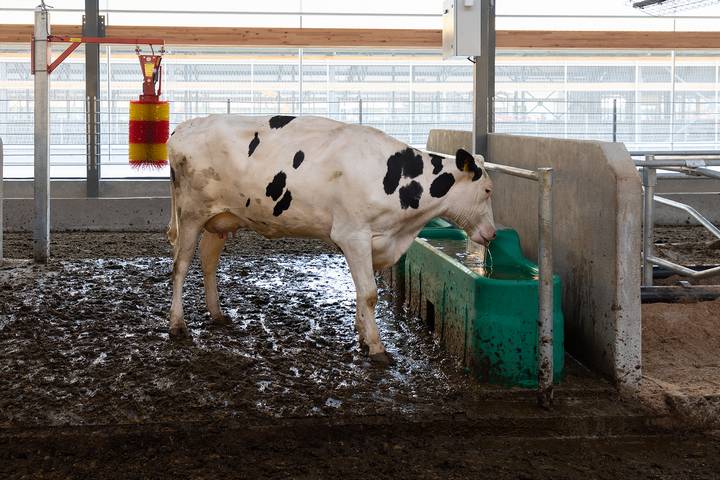
Cows are larger animals, but you don’t have to construct a huge barn depending on the herd size. Beef cattle spend lots of time outside grazing, while dairy cows give milk in the barn.
A warm structure is needed for the colder months, and they also need bedded areas with straw or sawdust. Ensure you provide a barn curtain for your cows.
Small Animal Barn Ideas for Horses
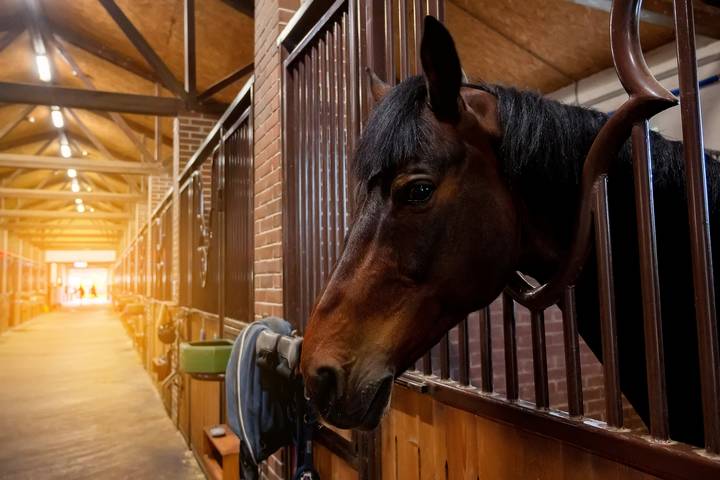
Horses are typically housed in individual stalls that can move freely or sometimes in larger pens, but they need warm, covered shelter.
You also need a storage room for feed, tack, hay, and tools for caring for them. While most people want their horse barns to look trendy, make sure they are functional too.
Small Animal Barn Ideas for Pigs
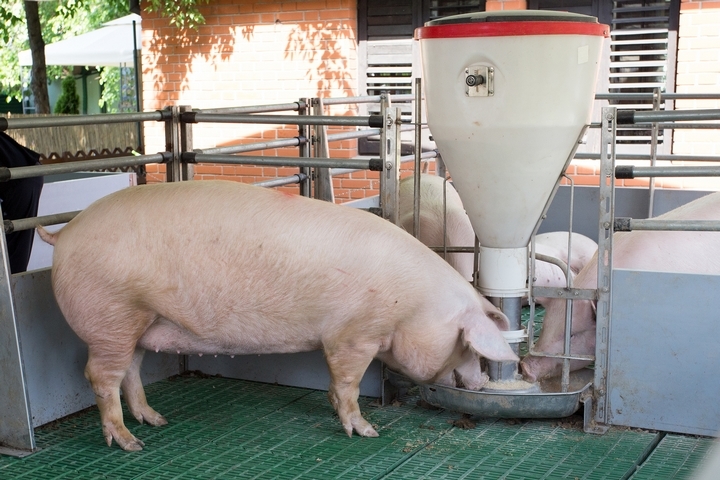
need a farrowing house to keep them safe and clean while birthing and feeding their young piglets. These piglets, in turn, should have a creep area where they can go to avoid getting laid on and to keep warm.
For outdoor pigs, they need shelter, and you can have a simple A-frame structure or a small, three-sided barn with access for a tractor to clean out or use a wheelbarrow to muck out the floors.
Small Animal Barn Ideas for Goats
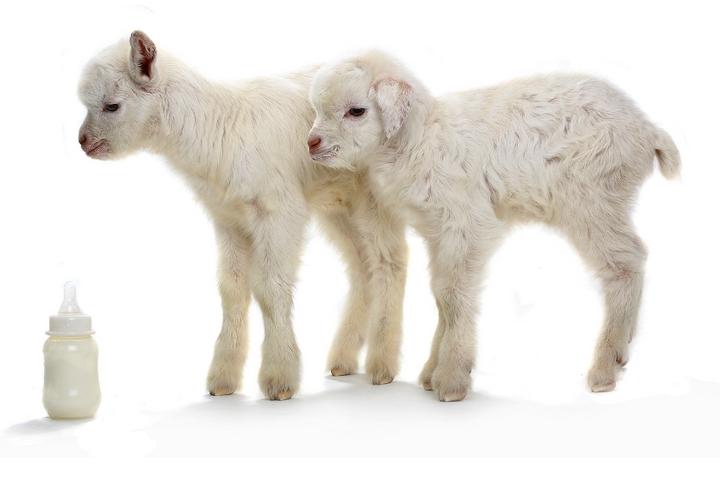
Goats and sheep can share the same space and have separate barn structures. Ensure they are on high ground so they aren’t prone to flooding and provide shelter from the weather.
It can be a small pole barn with no sides or a three-sided building with an open end so they can freely go in and out during the day and sleep at night.
Small Animal Barn Ideas for Poultry
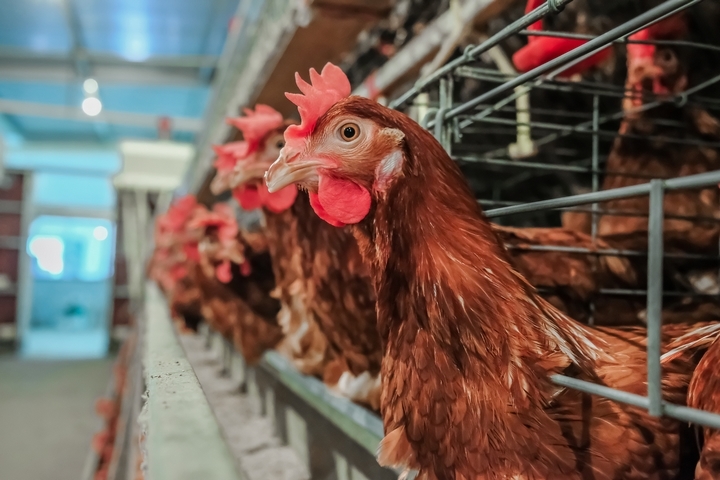
Poultry loves free range during the day but needs protection in a secure structure at night. Chickens and turkeys thrive in a coop environment because it gives them a place to roost and nest while keeping warm and producing their eggs.
Small Animal Barn Ideas for Rabbits
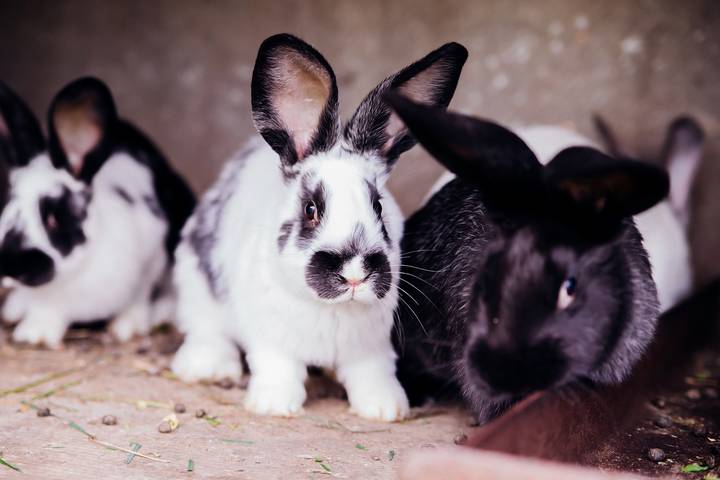
Rabbits require a smaller structure to live in, and while they enjoy grazing, they are best kept indoors in a cabinet, cage or small barn at night.
Small Animal Barn Ideas for Other Livestock
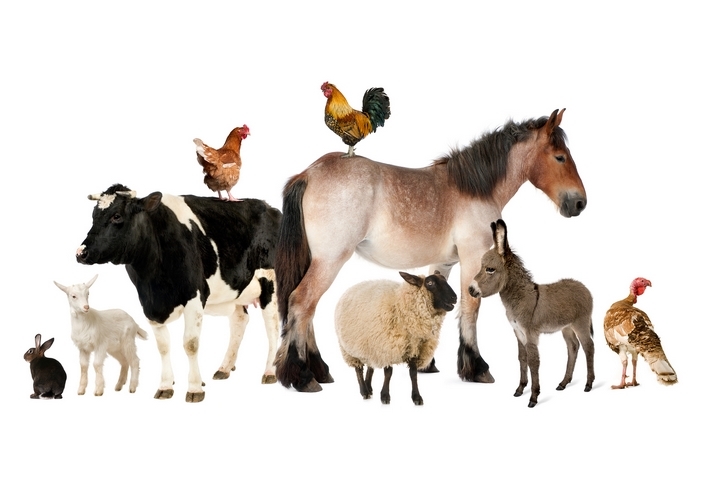
Constructing a huge barn for your animals isn’t always necessary. A small barn or two will provide great shelter and housing for your animal operation and are easier to manage. Decide what type of barn setup you need based on the creatures you keep, and then enjoy the animal interaction inside your perfect small barn.
While some animals live differently, there are common considerations that you should include in your small animal structures:
Barn Size and Layout
While some animals live differently, there are common considerations that you should include in your small animal structures.Take the time to plan your barn layout to accommodate your animals.
It is a good idea to keep your feed in the same building but behind closed doors so it is easy to feed. This means you need a separate room, closet or cupboards to house food. Bedding material also needs to be stored, and any tools for cleanup can be kept inside as well.
Barn Lighting
You may not have electricity running in the backyard, but when putting together a small barn, it can be very helpful to have power for lights and a plug-in receptacle. Your animals may not require lights, but it is a good idea for a storeroom.
Barn Ventilation
Ventilation is necessary to air out mould and dust in the bedding and hay, ammonia and fecal matter fumes, and bacteria, viruses and methane that can cause reparatory diseases and allergies in your animals. You can use open structures to get natural ventilation, but you need to retain heat when cold. It is better to install barn fans for circulation and ventilation needs.
These fans are designed to regulate the temperature and humidity by circulating and exhausting air in the barn to make it a comfortable and healthy environment for the animals. Fans can be adjusted for speed and direction for cooling as well.
Barn Drainage
The last thing you need is a flooded barn, but you will also be cleaning out areas and hosing it down so the wastewater can flow away from the structure. You don’t want a muddy site or risk contamination of feed, so set up a proper water and drainage management system, even in a small barn.







